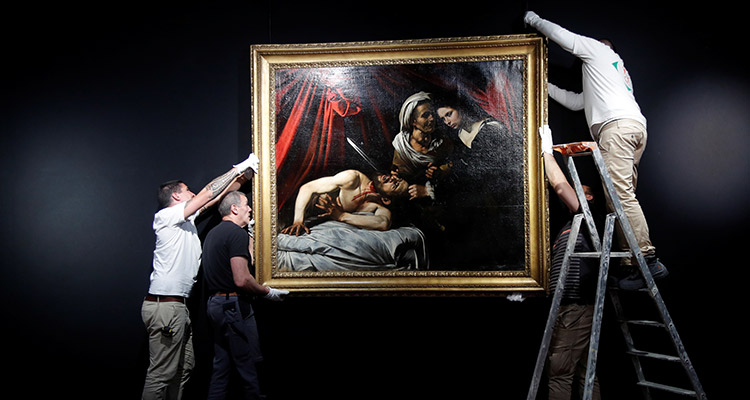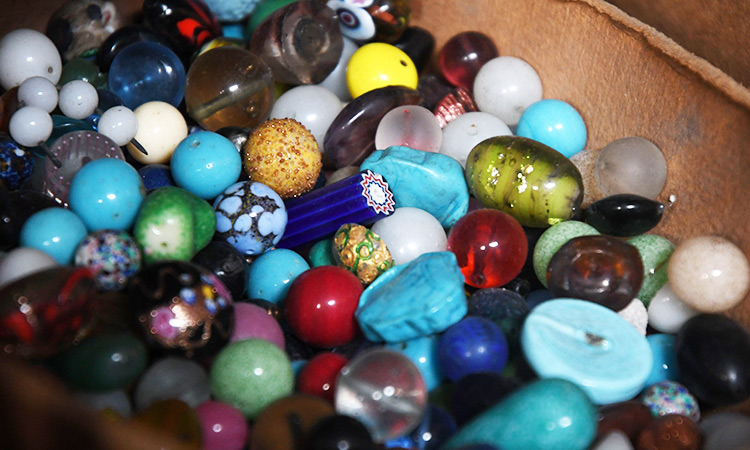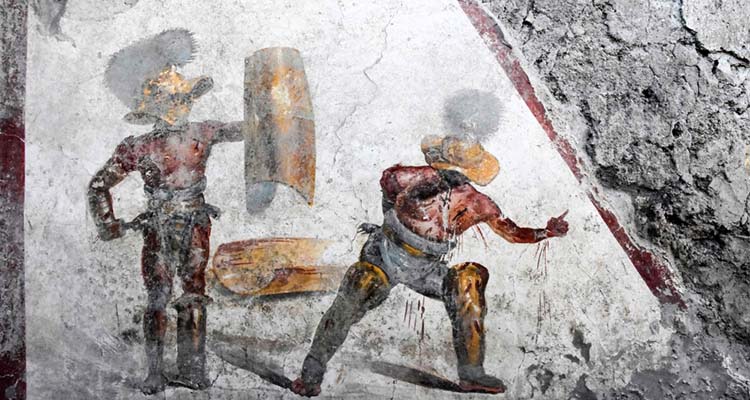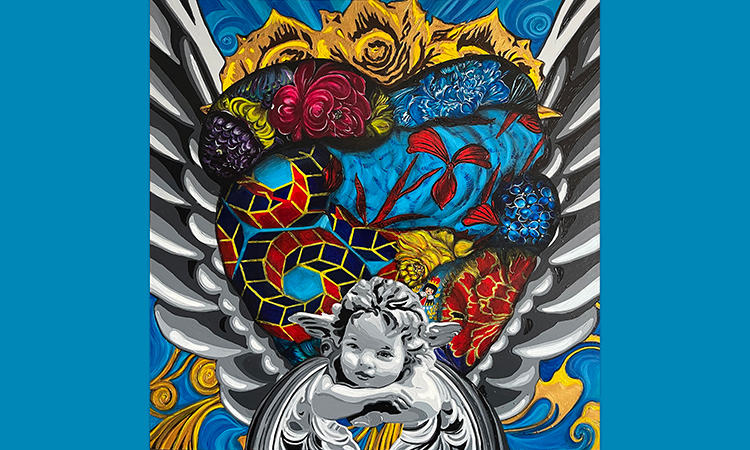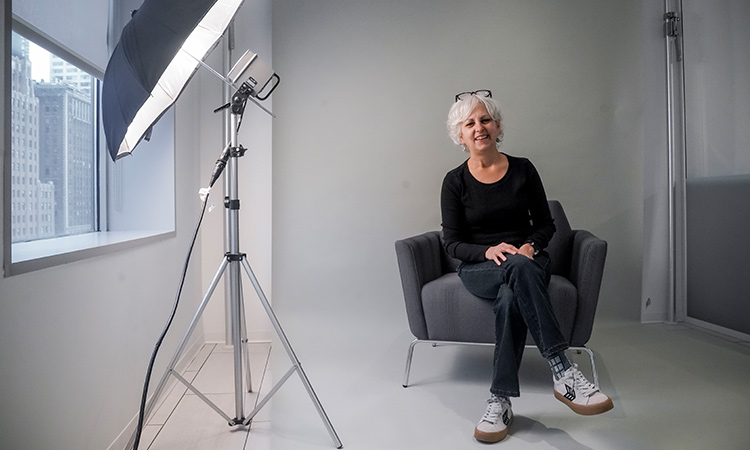Art expert stakes reputation on 'lost' $170 million Caravaggio
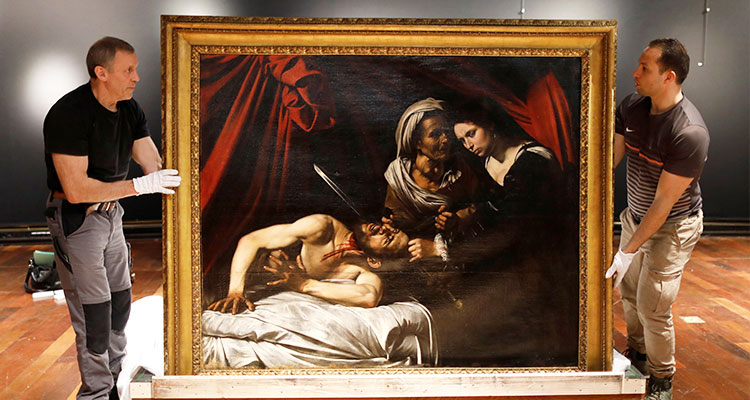
Workers prepare to hang a painting entitled "Judith Beheading Holofernes."
Art expert Eric Turquin is not only convinced that a canvas found in the attic of an old house in southwest France is a Caravaggio -- he believes it is a revolutionary masterpiece.
France's leading authority on Old Masters paintings has staked his reputation on the assertion that the work -- left forgotten under an old mattress for 100 years -- is the fiery Italian artist's lost "Judith and Holofernes".
The painting depicting a grisly biblical scene of the beautiful Jewish widow Judith beheading a sleeping Assyrian general will be displayed in Paris on Friday before it goes under the hammer on June 27 in Toulouse, the city where it was discovered five years ago.
"Not only is it a Caravaggio, but of all the Caravaggios that are known today, this is one of the great pictures.
Turquin said it should sell for between 100 and 150 million euros (up to $170 million).
"The painting is in an extraordinarily good state, much better than the Caravaggios I have seen in Naples," he told AFP.
But although everyone agrees on the quality of the work, a minority of experts -- particularly in Italy -- have their doubts.
They believe it is a copy made by the Flemish artist Louis Finson, who worked alongside Caravaggio as he painted.
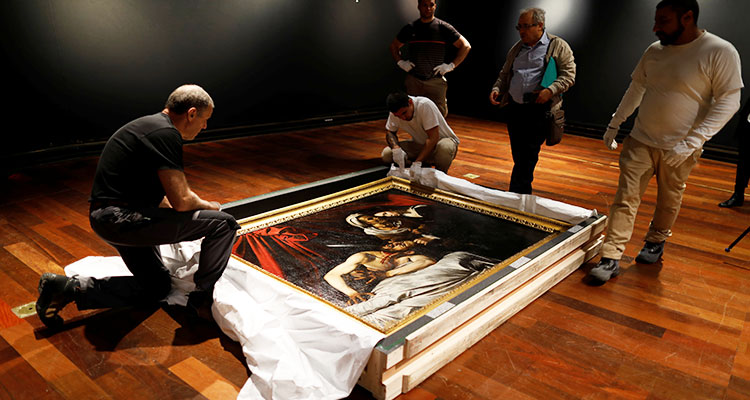
"Judith Beheading Holofernes" might have been painted by Italian master Caravaggio.
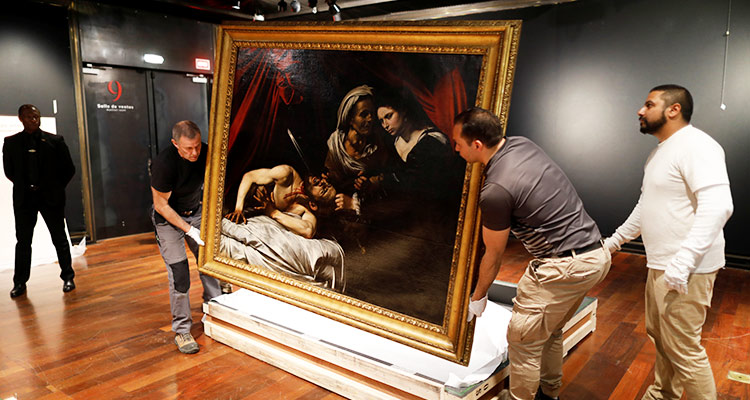
The painting was discovered in an attic in Toulouse in 2014.
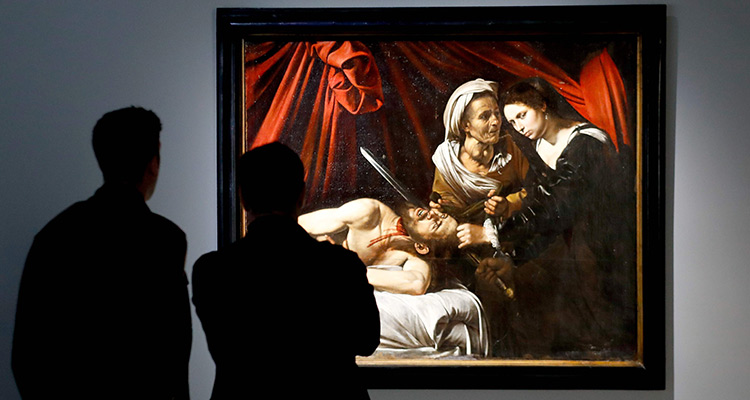
The painting will be put on auction in Toulouse at the end of June.
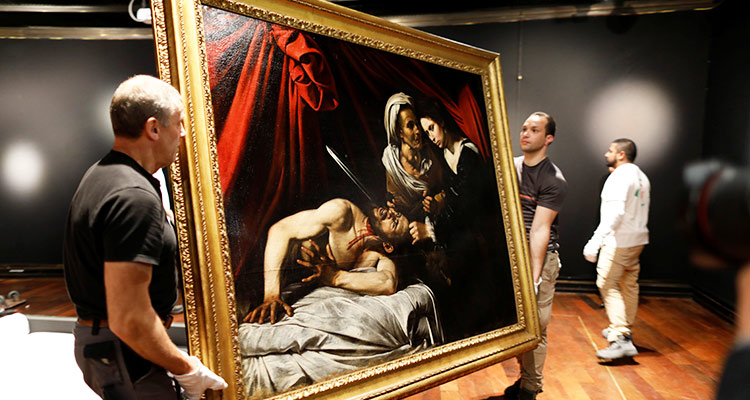
Eric Turquin believes it is a revolutionary masterpiece.
'Turning point'
He is more convinced than ever since the canvas was cleaned in January, a process that took three weeks. On top of X-rays, the cleaning "has shown that the painting was changed a lot as it was painted, with lots of retouching. That proves it is an original," Turquin said.
"Copyists don't make changes like that, they copy," he added.
A less virtuoso version of the scene by Finson hangs at the Palazzo Zevallos in Naples.
Standing in front of what has been called the "Toulouse Caravaggio" in a strongroom above his Paris office, Turquin showed the telltale trace of how the artist had changed his mind about which way Judith should be looking.
"After five years of reflection, no one has put up a counter-argument," said the expert, accusing the Italian doubters of "pronouncing against the painting without seeing it.
"They say it's impossible because Caravaggio painted (no more than) 65 canvases... For them the history of art is set."
Turquin said the painting marked a turning point in Caravaggio's development as an artist.
Condemned to death
But by 1606 Caravaggio's life had changed dramatically, and he was on the run for murder. He fled to Naples after being condemned to death for stabbing a man in a street brawl in Rome.
"He was painting faster, more spontaneously and more strikingly," said Turquin, adding that the painting reflects his now darker view of life.
"In one place, he made a brushstroke nearly a metre long. He did Judith's sleeve and the lace on it in one go. He was a virtuoso with the paintbrush.
"He changed his style, painting 'risparmio' (sparingly), using the black background and painting accentuating strokes onto it. This is particularly visible on the sheet."
Other experts have speculated that Finson could have added his own touches to the canvas after Caravaggio left suddenly for Malta in 1607, where he hoped he might be safer from his enemies.
The painting will be sold in Toulouse by Marc Labarbe, the provincial auctioneer who discovered it after a local family asked him to value some "old things in the attic" of a house they were clearing.
Agence France-Presse
